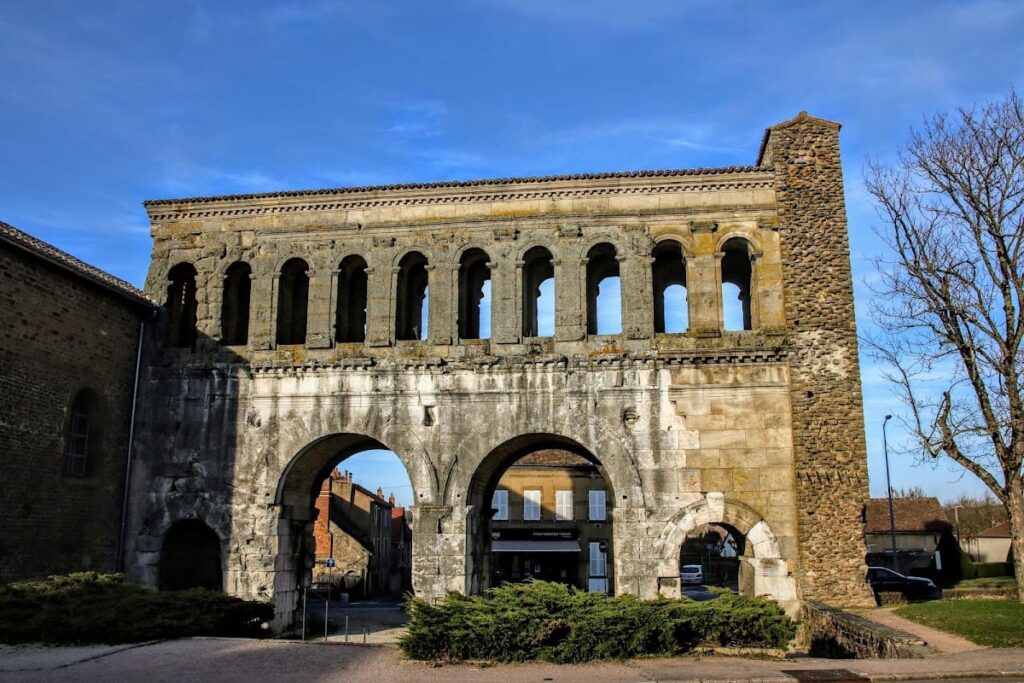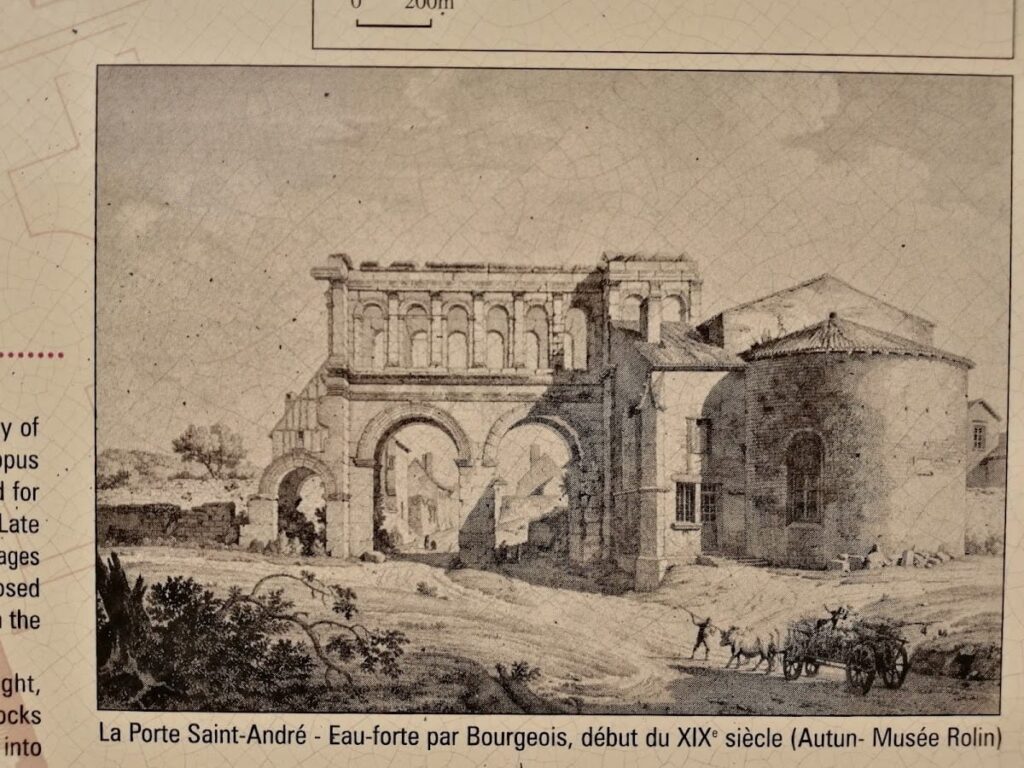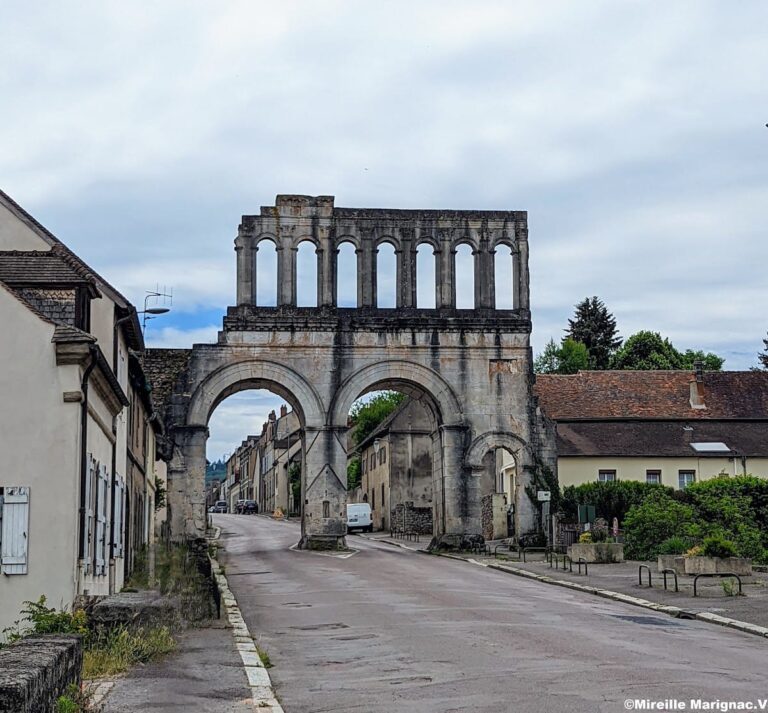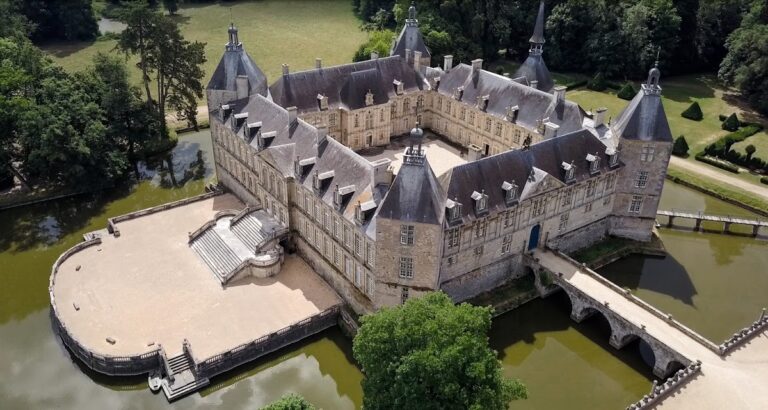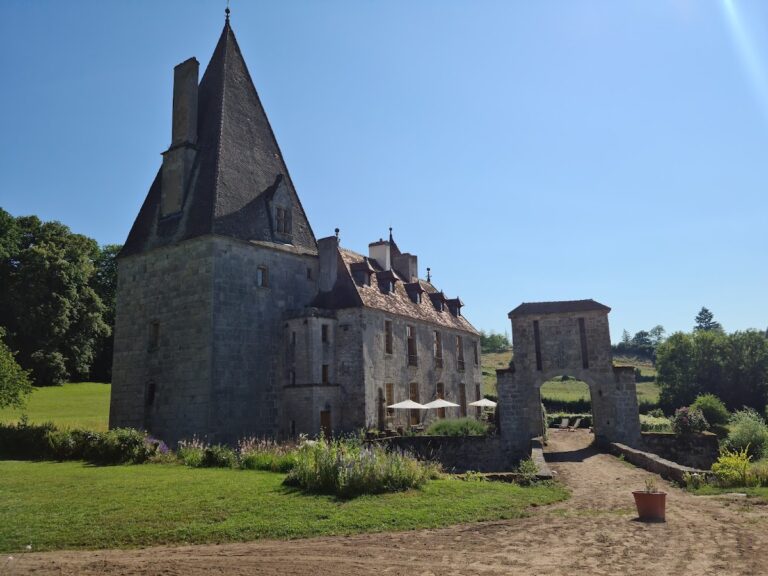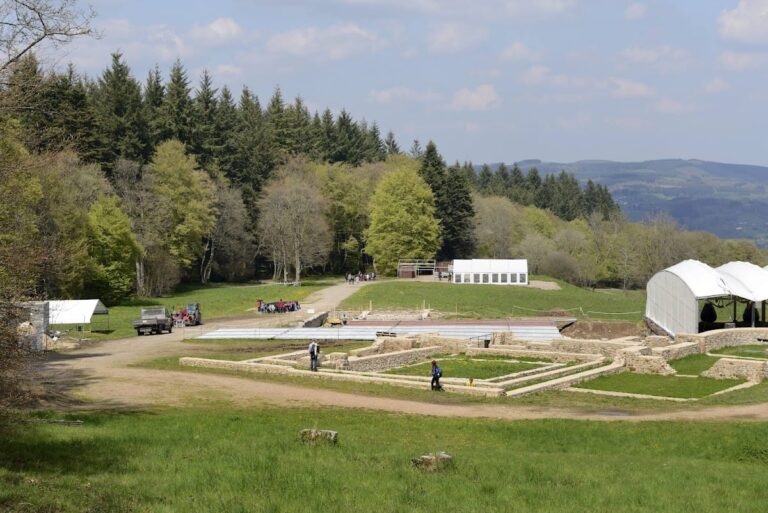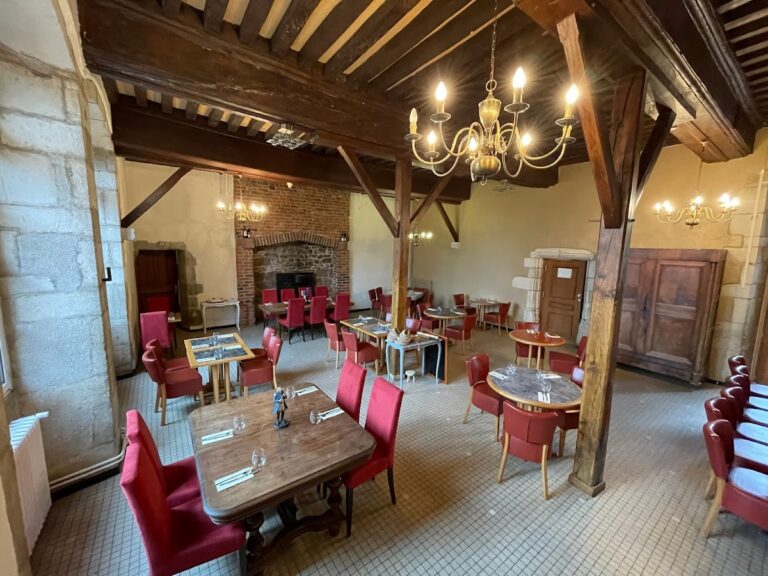Porte Saint-André, Autun: A Roman City Gate in Burgundy, France
Visitor Information
Google Rating: 4.3
Popularity: Low
Google Maps: View on Google Maps
Country: France
Civilization: Roman
Remains: Military
History
The Porte Saint-André is located in Autun, a city in the Burgundy region of eastern France. It was built by the Romans during the 1st century CE, when the city was known as Augustodunum. This gate formed part of the city’s walls constructed under Emperor Augustus, marking the eastern exit toward the road leading to Andemantunnum, now Langres.
The exact timing of the gate’s construction within Augustus’s reign remains uncertain. It may have been erected either early or late in his rule, before or after the transition from the Roman Republic to the Empire. The gate’s monumental design reflected the city’s importance and imperial protection rather than purely military defense.
In the Middle Ages, by around 1250, the northern tower adjacent to the gate was repurposed as a church. A chapel was built that blocked one of the pedestrian passages, altering the gate’s original function. This religious use continued for centuries, reflecting the changing urban and spiritual landscape of Autun.
During the French Revolution, the northern tower was sold as national property. It was later reacquired by the state in 1844. The renowned architect Eugène Viollet-le-Duc undertook a restoration project aiming to restore the gate’s antique appearance, except for the gallery roof, which was rebuilt differently.
Since 1945, the northern tower has served as a Protestant church. Its bell is hung in a nearby arcade, maintaining the tower’s religious role in the modern era. The gate and its remains have been officially protected as a historic monument since 1846.
Historians debate the defensive value of the city walls and gates, including the Porte Saint-André. However, they agree that these structures primarily served a monumental and aesthetic purpose, symbolizing the city’s wealth and connection to imperial authority.
Remains
The Porte Saint-André stands as a large Roman city gate measuring about 15 meters high and 19 meters wide. It features a ground floor with four vaulted openings: two wide central passages for vehicles and riders, and two narrower side passages for pedestrians. These pedestrian passages extend beyond the carriageways, aligning with the sidewalks.
The first floor contains a gallery with ten arcades on both the city and countryside sides. This gallery functioned as a walkway along the wall, known as a chemin de ronde, allowing movement and observation above the gate.
Construction materials vary throughout the structure. The ground floor is built from oolitic limestone, while the base and upper gallery use arkose, a type of sandstone. The gallery was later reconstructed using a different feldspathic sandstone sourced about 10 kilometers east of Autun, indicating a significant restoration in antiquity.
Two large flanking towers, each about 10 meters wide, originally stood on either side of the gate. These towers have an outward-facing curved (apsidal) shape and a flat inner face. The northern tower still exists, though heavily altered, while the southern tower has disappeared entirely.
The northern tower’s footprint remains intact and it now houses a Protestant temple. Its bell is installed in an adjacent arcade, preserving its religious function. The gate’s central part is largely preserved, with the gallery mostly rebuilt during the 19th-century restoration by Viollet-le-Duc, who used lighter stones and sought to replicate the original Roman appearance.
It is suggested, though not confirmed, that a now-lost building on the city side may have formed an interior courtyard or vestibule similar to that found at another city gate, the Porte d’Arroux.
Overall, the Porte Saint-André remains a significant example of Roman urban architecture, combining functional city defense with monumental design.
